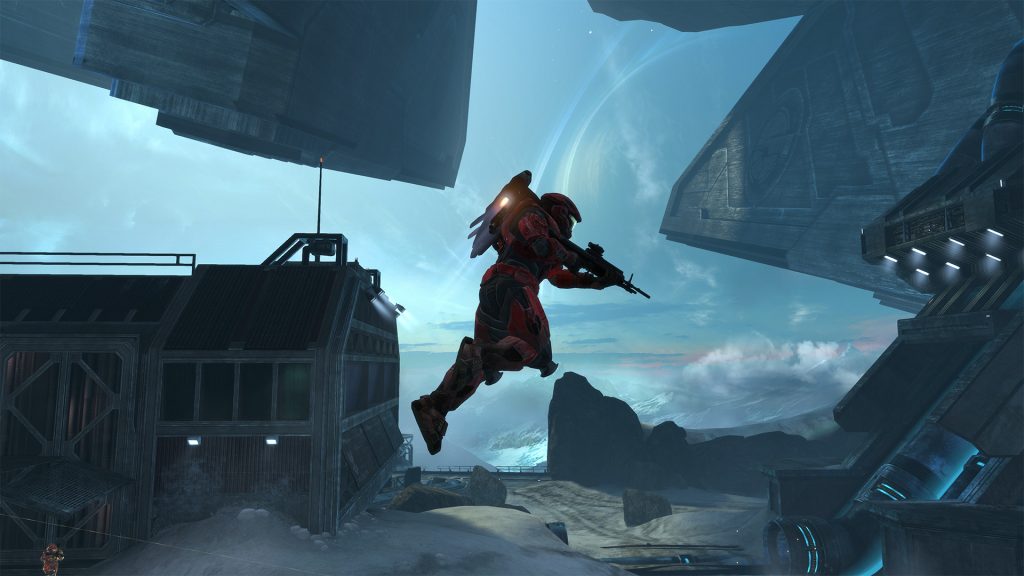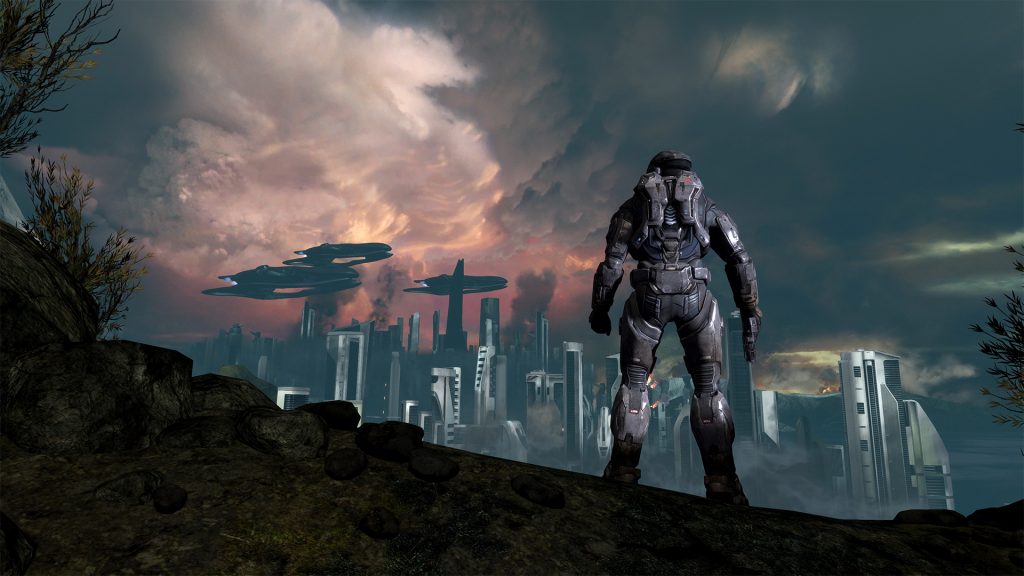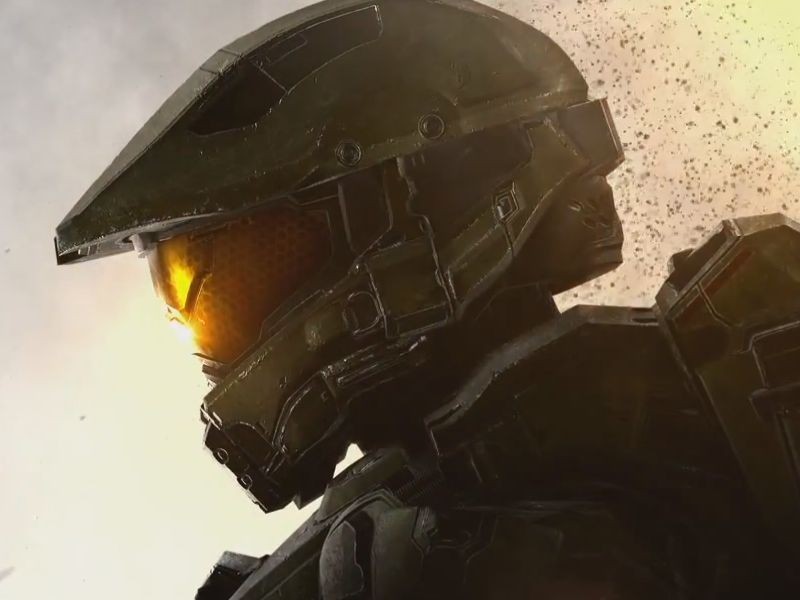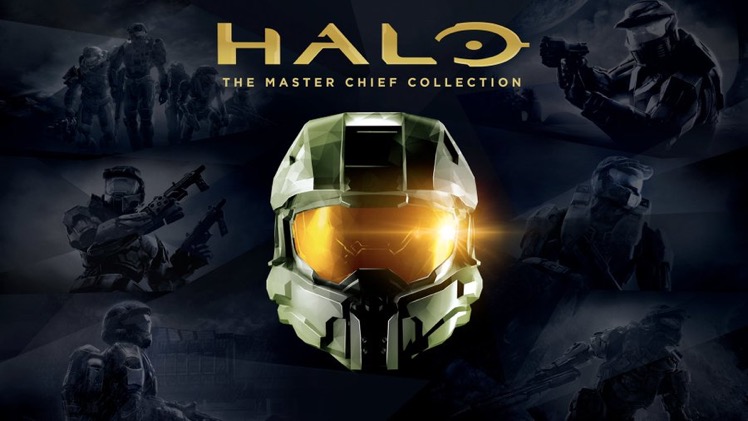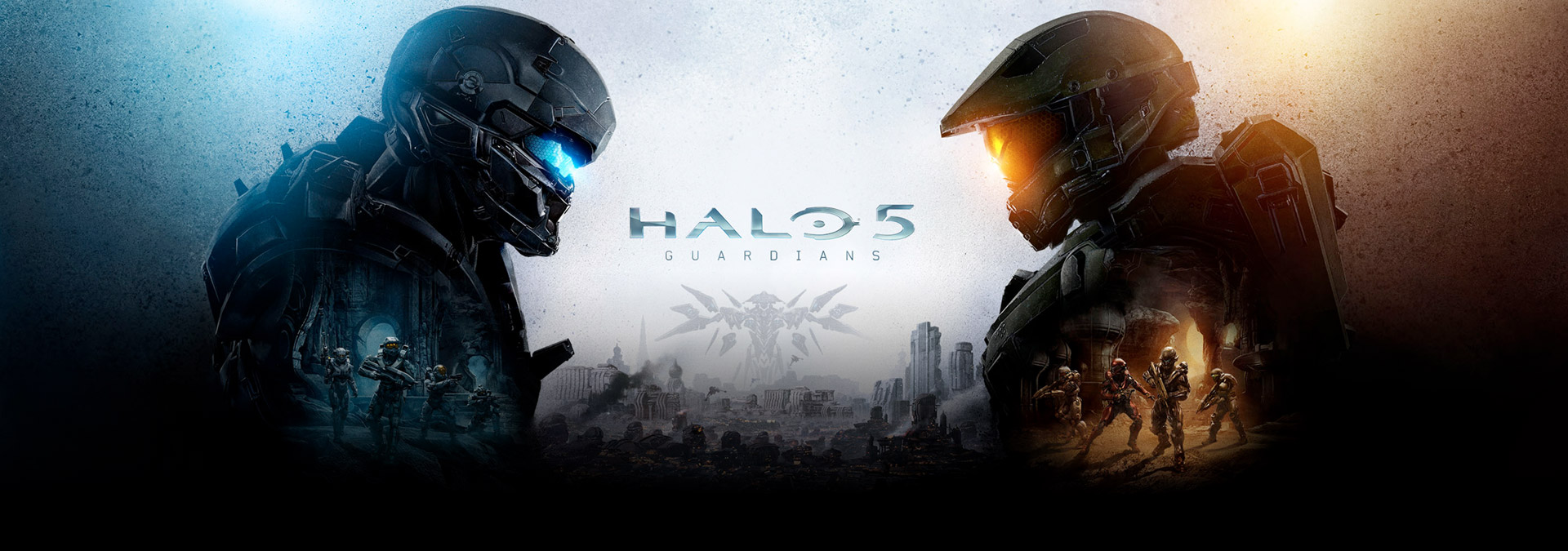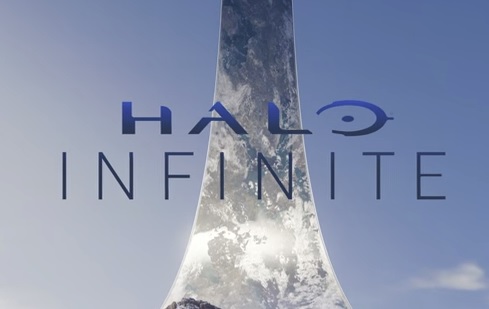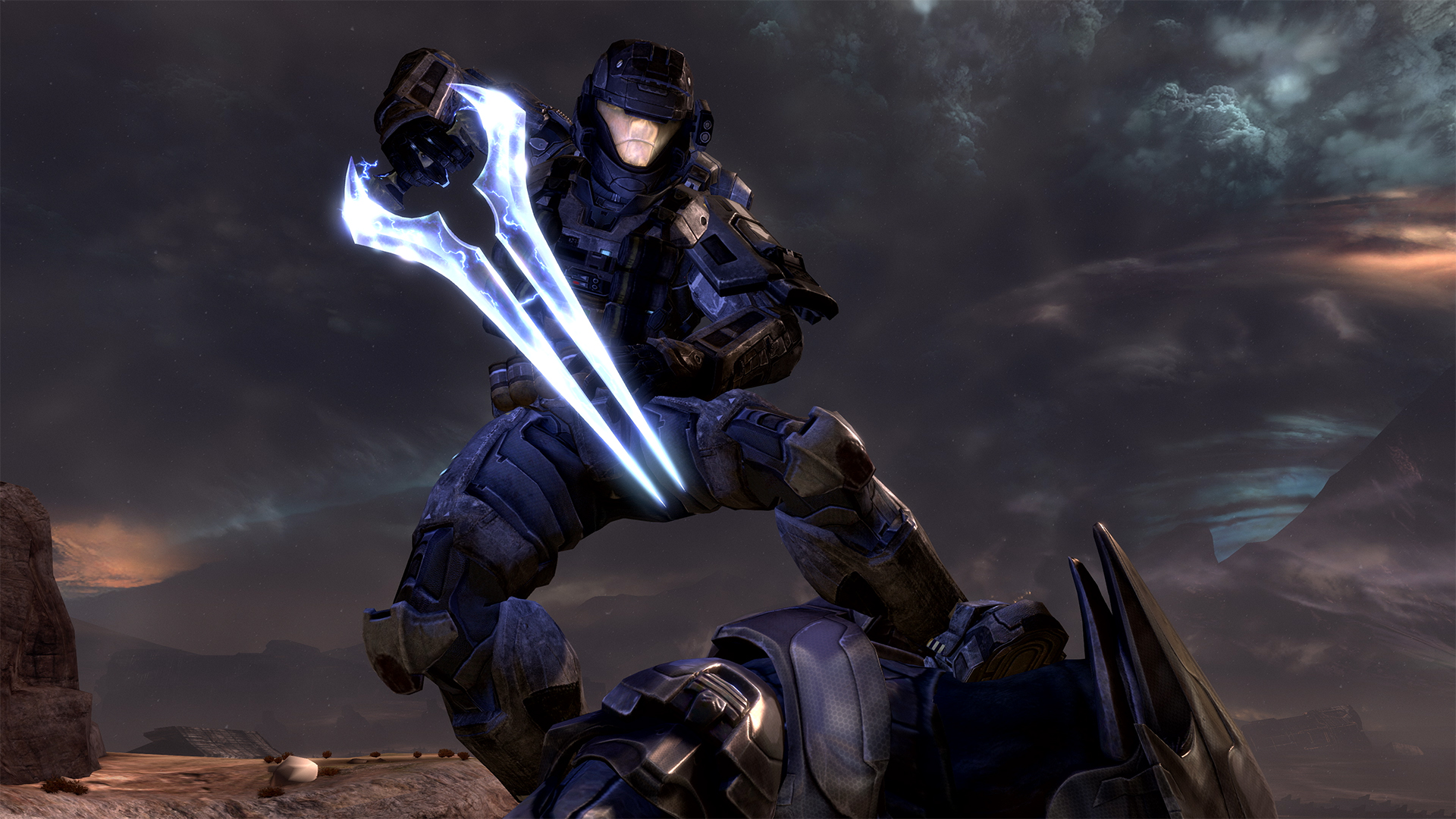
The vanguard for Halo: The Master Chief Collection on PC has finally arrived, as Halo: Reach starts the slow roll-out of the Halo series, some of which are seeing a PC release for the first time. While there aren’t firm release dates for the rest of the releases, Halo Reach is available as $9.99 single purchase, or as part of the larger $39.99 Master Chief Collection bundle, although you’ll have to wait, of course, for Halo: CE, 2, 3, ODST and 4. That said, Halo: Reach is chronologically the first title in the series, so it makes sense to start here not only from a story perspective, but also because its multiplayer made it one of the most polished entries in the series, and thankfully it’s just as fun as it’s always been.
343 Industries has done a pretty great job of bringing the game to the PC, with support for up to 4K Ultra HD (and ultra-wide, which looks amazing), running at a smooth 60fps. On modern hardware, the game runs superbly, which is why it’s a shame there’s not more room to customize your visuals, which is lacking the full range of options you’d normally be used to. While some simple options such as FOV are adjustable, you’re basically limited to three main settings ‘Original’, ‘Performance’ and ‘Enhanced’, with no way to enable even basic settings such as anti-aliasing. Nevertheless, leaving the game on ‘Enhanced’ provides a subtle visual boost to the original Xbox 360 look (mainly in the game’s lighting and draw distance), and the stable performance even on this mode made it the easy choice.
Halo: Reach’s multiplayer was one of the series’ best efforts, and playing it today, albeit with a mouse and keyboard, is a heavy shot of nostalgia. Going from the endless waves of Fireball to the simple pleasures of a good ol’ round of Grifball, it’s easy to lose hours with more than 20 maps to choose from. While shooters have progressed in the last decade, evolving with the rise of sub-genres like hero shooters and battle royale, the original experience of something like Team Slayer or Zone Control still holds up. What has changed is the progression and customisation from the original – which now resembles more modern games with tiered, ‘seasonal’ unlocks that you gain as you level up. It’s no doubt to make the game more accessible to new audiences who expect this method of progression compared to the old credit system, and it didn’t substantially affect my experience with the game, but it is worth noting. You can also load up community created maps and game types by importing them into the game, which of course extends replayability a great deal.
Moving to a mouse and keyboard after playing the entire series on controllers is nifty, but comes with strange limitations that I didn’t fully wrap my head around at first. Some of the default key bindings don’t make a lot of sense, the most obvious one being weapon switching, which I’ve seen several other complaints about from other commentators, so I know it’s not just me. By default it’s mapped to a number key – the mouse wheel actually does nothing by default, and when you try to remap it, you can only map ‘mouse wheel up’ or ‘down’. It’s bizarre, and while it’s something you can get used to, it does hamper the otherwise welcome precision that a mouse and keyboard offer.
The campaign from the original Halo: Reach returns in full as well, along with co-op. The story revolves around Noble Six, a member of Noble Team, and a Spartan defending the world of Reach from the invading forces of the Covenant. A prequel to all the other games in the series, the Noble Team’s story starts small before escalating as the situation becomes more and more dire, setting into motion the events of the original Halo game, and ending on a surprisingly emotional note (surprising if you weren’t aware of the novel this game is based on, The Fall of Reach). It’s a well-crafted, somber story that was developer Bungie’s last entry into the Halo series before passing development to 343 as they left in search of the greener pastures of Destiny.
However, the experience isn’t quite complete yet, as there is still some waiting to go, as the Forge and Theater modes for Halo: Reach won’t arrive until 2020. Beyond that, further components of the Master Chief Collection will arrive whenever they arrive (personally, I’m looking forward to Halo 3), but for now Halo: Reach is still a boatload of fun, with a healthy online community right now, a cheap entry price and plenty of reasons to relive the yesteryear of 2010, beyond the normal existential dread.

